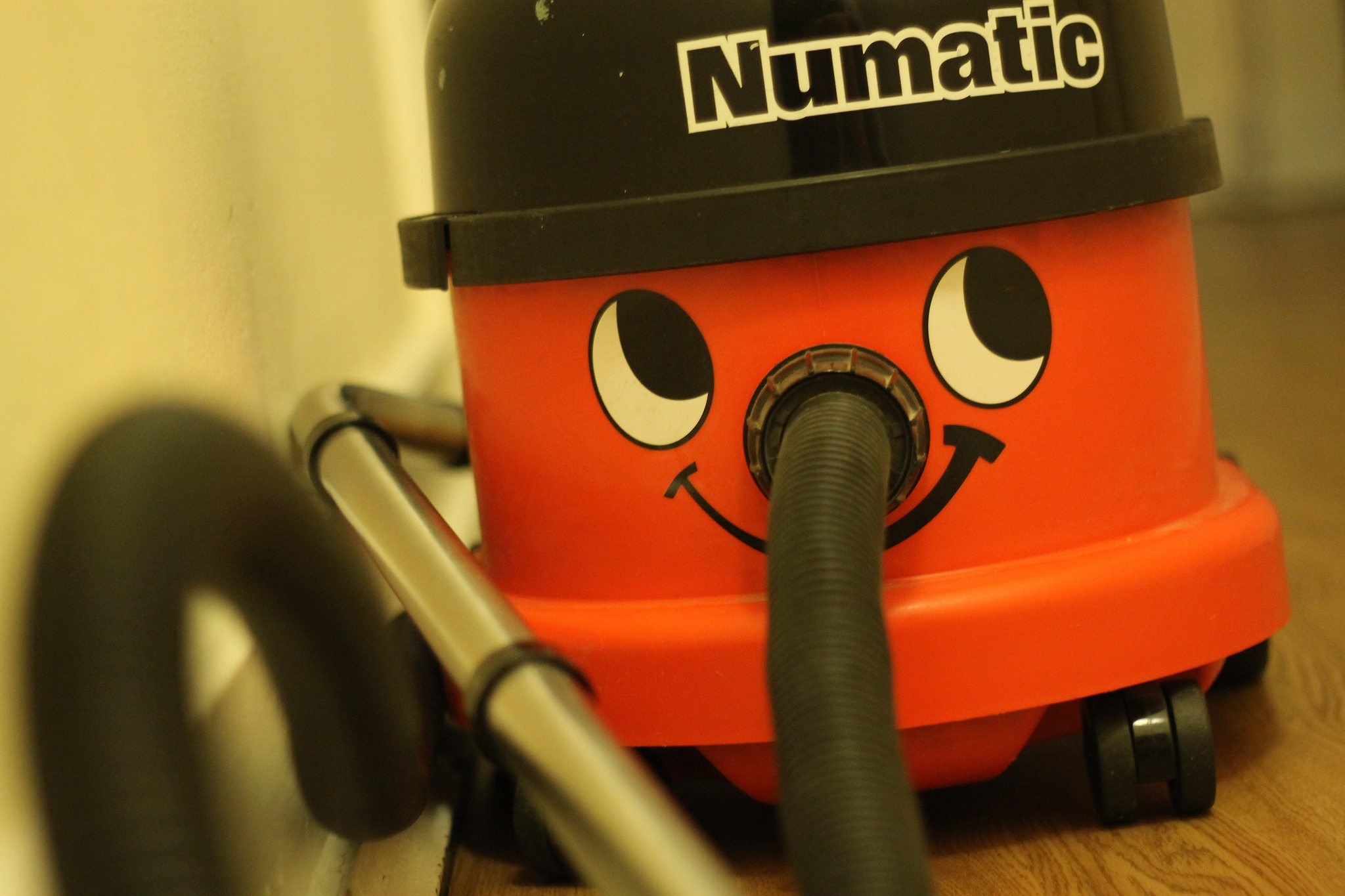News flash! Shazam just became profitable late this September. B2B startups and services can actually learn a good amount from this longstanding app.
Fifteen years old, Shazam is evaluated at over $1 billion and boasts a billion + downloads. It asserts this ascent for three reasons:
- Advertising sales
- Commissions on digital music sales
- Traffic referrals to streaming music sites
A few generations of investors must be breathing easier. While among the first audio recognition services, Shazam is not the only one. The app actually is dealing with a growing base of competition. Major names include Soundhound, MusixMatch, and audio recognition apps from the likes of Google, Facebook, and Amazon.
Startups can benefit from the example: both good and bad. That may seem laughable to anyone with some business acumen. Shazam is a global brand that provides a mainstream service, right? It is also among the first of its sort. Users do not “hound” or “match” music as much “Shazam!” it. Long story short, the app benefits from 15 years of presence that originates from a market vacuum.
The real question we should ask? The origin of Shazam’s success. On one side, the app was among the first of the first -it filled a vacuum. On the other side, it appeals to a very wide niche -music fans.
Obviously, Shazam benefits from both its time of founding and its applicability. In turn, the service was a larger bet. It stemmed from a hypothetical -people would use a music recognition service. There was no precursor, save helpful radio DJs or online searches. That there’s a lot of music fans is also important: it’s not like four people in all the world would find Shazam useful.
And Why is Shazam Relevant to B2B?
B2B startups particularly stand to gain by following their example. Yes, the markets are typically smaller and more specialized. And yes, Shazam’s early start and positioning is hard to replicate. However, it is possible.
Many industries are just catching up with the new standards that B2B services create. Business processes are becoming more efficient, integrated, and connected with the larger world. Industries often require adjustments to make such services applicable, offering even more space to startups that add new spokes to old wheels.
For instance, Salesforce recently bought Krux for between $650 and $750 million. Why? Because the service, which tracks traffic across devices and channels, is better than Salesforce’s own. It provides a nifty, exclusive, upgrade that Salesforce can leverage.
Salesforce itself did not generate this change. Krux, much like Shazam, established itself within a vacuum and then expanded. In turn, data science is as ubiquitous to business as music is to lifestyle. Is the market of deciding consumers as large? Nope. But it is large enough to merit $650-$750 million from a top brand.
Startups, therefore, must analyze absence as much demand. They must decide if precedence or a conversion gap are worth pursuing. The latter requires an improvement or new relevance . The later? That requires inspiration. Firsthand experiences are particularly important -what simplifies a series of steps?
Envisioning a solution is one thing. Actualizing it? That’s another. Experimentation and positioning are particularly important. Guessing an improvement is never enough- the responsible startup must prove its feasibility and usefulness. How many hours and money must go into onboarding the service? How selective is the market? Can it be any broader? These are the things that startups must ask themselves. Recognizing a vacuum can depend on the answers.
Picture courtesy of David Simmonds via Creative Commons



